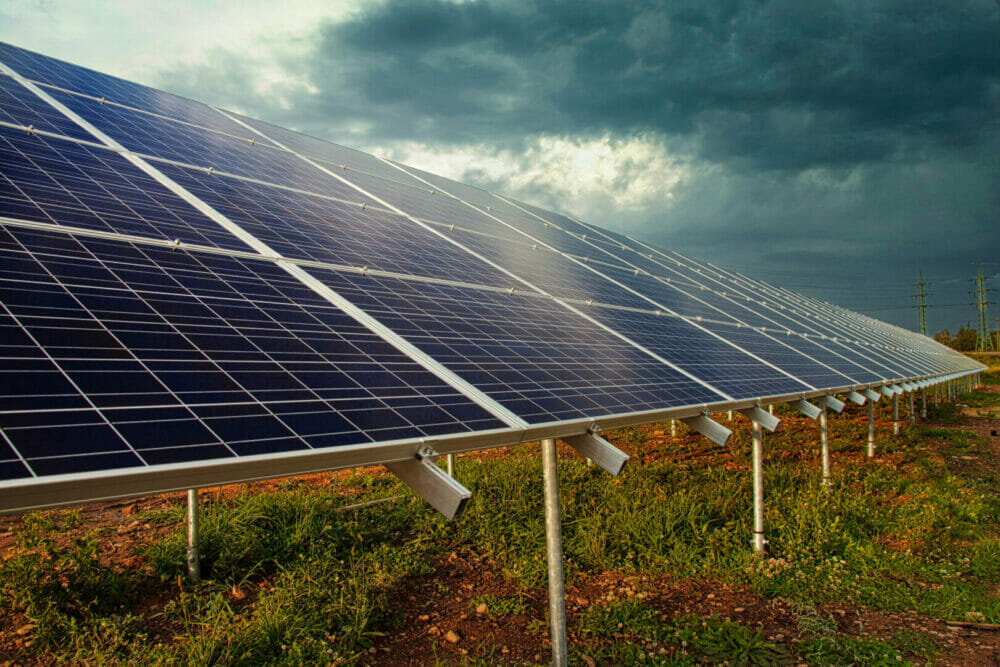Smaller remote telemetry systems vital for monitoring lower voltage renewable energy sources
The International Renewable Energy Agency (IRENA) predicts that the energy crisis caused by the war in Ukraine will accelerate the transition towards renewable energy. However, this presents challenges for grid operators ― not least because renewable energy sources can be difficult to monitor and manage. Here, Matthew Hawkridge, chief technology officer at Ovarro, the remote telemetry specialist, explains how why remote telemetry units (RTUs) will be essential for getting renewables under control.
Francesco La Camera, director general of IRENA, told Reuters: “In the mid- and long term, the Ukraine crisis will bring an acceleration to the energy transition because governments finally realise that going for renewables is not only good for the environment, jobs, gross domestic product (GDP), but also good for ensuring higher energy independency.”
However, renewable energy is a double-edged sword for energy grid operators. On one hand, the benefits of reducing our reliance on fossil and nuclear fuels are clear. Greenpeace reports that reducing the impact of fossil fuels will be integral to cutting global carbon pollution in half by 2030, which the United Nations states will be essential to limiting global warming to 1.5 degrees Celsius and mitigating the consequences of climate change.
But, why are renewable energy sources more difficult to control? First, it entails managing a wider portfolio of assets like wind, wave, marine, hydro, biomass and solar compared with traditional sources like coal, gas or nuclear.
Renewable energy sources feed energy back into the grid through microgeneration sites ― for instance, more than three million rooftops in Australia generated 17 gigawatts of electricity in 2021. This replaces the traditional top-down structure of conventional energy grids, where one producer supplies energy to many customers, with a back-and-forth supply of energy that traditional grids weren’t designed for.
Many renewable sources are also more unpredictable. Solar panels, for instance, rely on low- or medium-voltages, which makes monitoring them more challenging with smaller management demands. Also, because the sun shines, wind blows and tide only changes at certain times, renewables feed energy back into to the grid periodically rather than continually. In other words, renewable energy production can be, quite literally, as changeable as the weather.
These factors make it difficult to choose the right control technology and, aside from being expensive, conventional remote monitoring systems are ill-suited to the task of properly interpreting fluctuating generation data.
Instead, Ovarro recommends RTUs. RTUs are already relied-upon to monitor connections between conventional energy-powered facilities and the power grid, as part of a supervisory control and data acquisition (SCADA) system. They are the best way to connect supervisory systems and connected objects within energy networks, while ensuring compatibility between multi-vendor devices and communication protocols.

That said, the kinds of RTUs used in gigawatt-generating conventional power plants are not suitable for the vast assortment of smaller, renewable options like solar, biomass and wind that are measured in kilowatts. Instead, the solution lies in smaller RTUs. Here are three questions energy grid managers should ask before making the investment.
Is monitoring smaller power plants less complex?
Not necessarily. Smaller renewable power plants, like the Sungai Kerling hydropower plant in Malaysia, or Bessakerfjellet wind power plant in Norway, can have a more complex set of communication demands than traditional plants. What’s more, these plants ― like the two examples mentioned ― are often independently owned and managed, and therefore must share data with numerous stakeholders. In this scenario, RTUs can collect data from numerous sources, and distribute it to stakeholders.
Can RTUs be used with non-grid power networks?
Yes, they can, therefore RTUs can monitor and control the three main methods of off-grid power production: solar, wind, and micro-hydro. Large facilities like hospitals, universities, airports and railways also have their own internal power networks. They need managing with the same control and communications requirements as large main power grids, although with less complexity.
In these instances, an RTU can function similarly to a main power network in remote environments, handling occasional voltage spikes, large volumes of data and must, above all else, control the local switchgear.
What if the power generator fails?
RTUs generally operate in areas where power is either unreliable or unavailable. Each Ovarro RTU only draws a few watts, so can run easily off a solar power system or a small feed from the site generator. In addition, Ovarro RTUs also incorporate a battery management system and can run off a small rechargeable battery for extended periods, which removes the need for an uninterruptable power source (UPS).
Take, for instance, Ovarro’s Kingfisher RTU that supports multiple power supplies so that parallel connections to AC and DC supply systems can be used. This diversifies the supply and minimises the risk of total failure. Smaller RTUs are the solution grid operators need to effectively monitor and control smaller and more varied renewable energy sources.
With advanced systems like the Kingfisher RTU from Ovarro, the rise of renewable energy needn’t be a double-edged sword for energy grid operators. Instead, they can help governments realise environmental benefits and achieve higher energy independency.
To find out more about how smaller RTUs from Ovarro like the Kingfisher can help manage renewable energy, visit its website.








